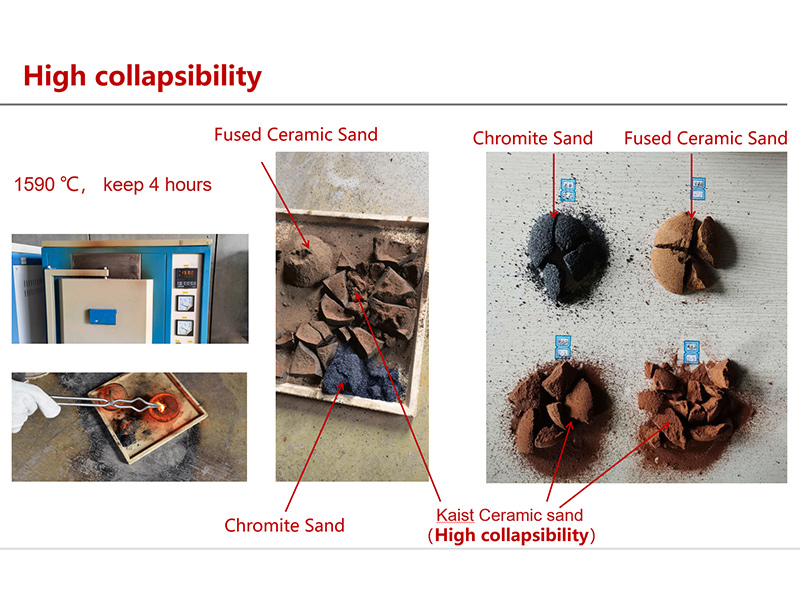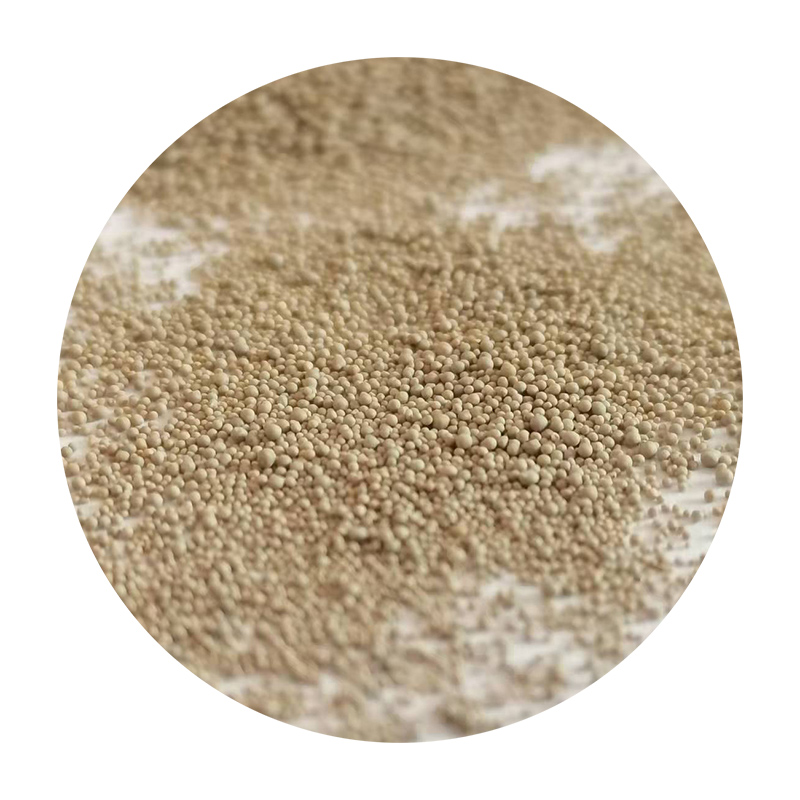

Authoritativeness in the sand foundry process is often demonstrated by adherence to strict quality control and certification processes such as ISO 9001. These standards ensure the highest quality products by providing a structured framework for managing and improving processes. Companies that comply with these certifications often enjoy enhanced credibility, as clients are assured of the reliability and accuracy of products sourced from such foundries. Additionally, using advanced technology such as 3D printing for pattern making can provide competitive advantages by reducing lead times and improving precision. Trustworthiness is vital in any manufacturing process, and in the realm of sand foundries, it is cultivated through experience, transparency, and customer assurance. Established companies with years of experience can often foresee potential casting defects and mitigate them proactively. Moreover, by maintaining open communication with clients and providing detailed process insights, foundries can build long-lasting partnerships based on trust. The sand foundry process's future looks promising, with innovations like computerized design tools and automated molding systems continuously shaping its evolution. These technological advancements enable foundries to cater to increasingly complex demand scopes, ensuring they stay at the forefront of manufacturing technology. Commitment to ongoing learning and adaptation is paramount, as it aligns these processes with modern industrial needs while maintaining traditional craftsmanship values. In summary, the sand foundry process is a cornerstone of manufacturing, combining centuries-old techniques with modern innovation to produce complex metal components. Its continued relevance and authority in the industry are supported by expertise, environmental consciousness, and a commitment to quality and trust, ensuring it remains an indispensable part of industrial fabrication processes. Post time:فوریه . 07, 2025 04:21
Next:ceramsite foundry sand
